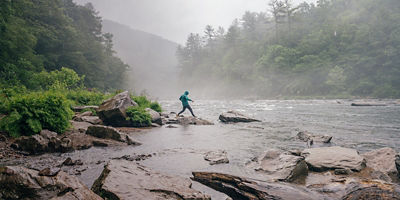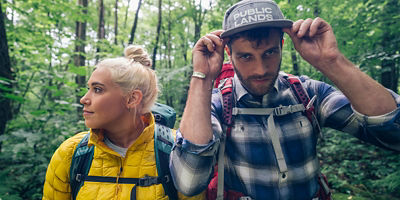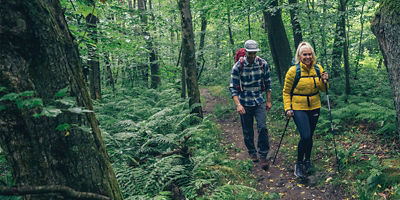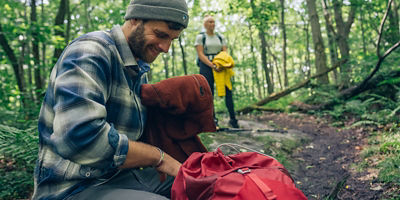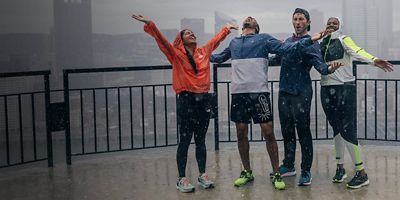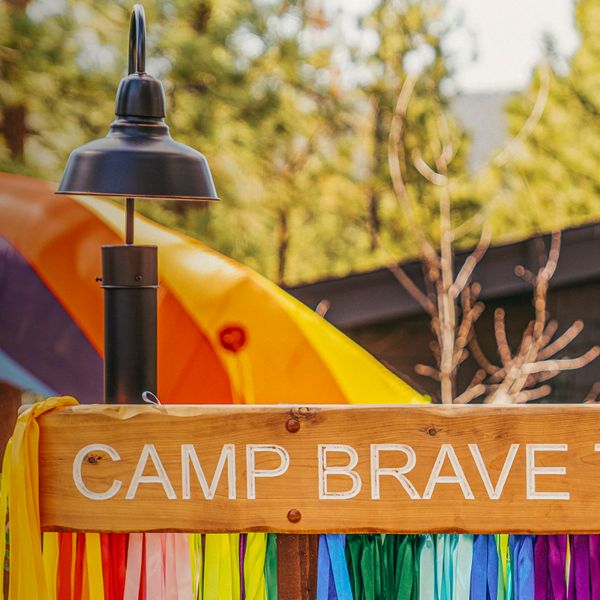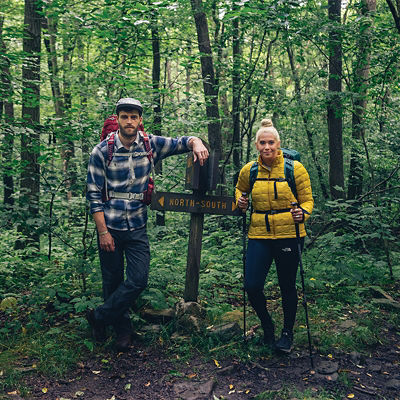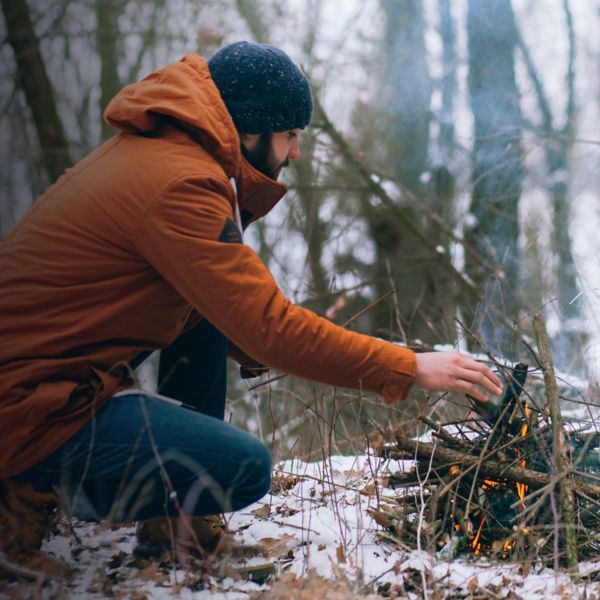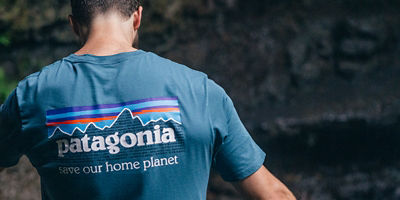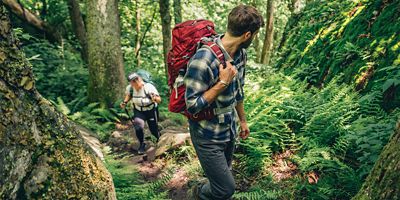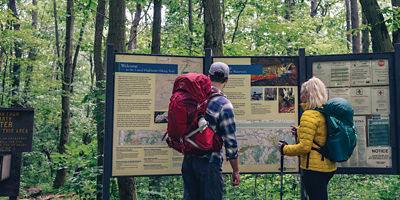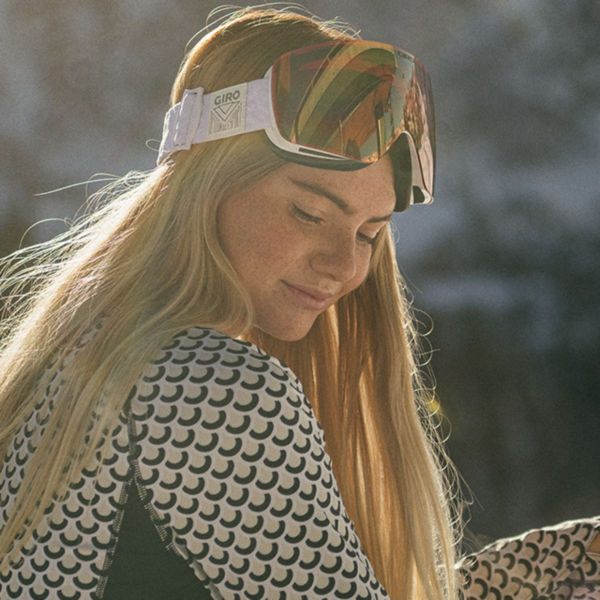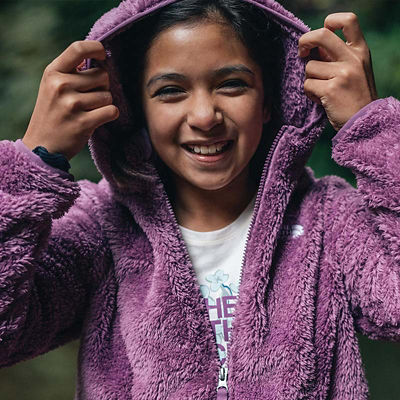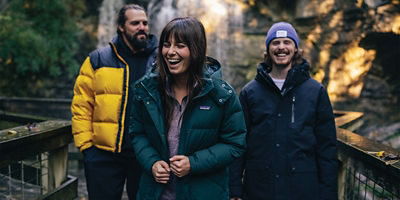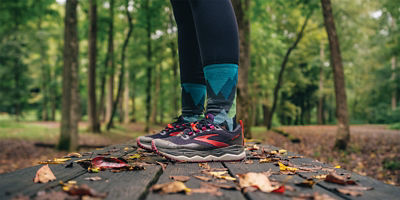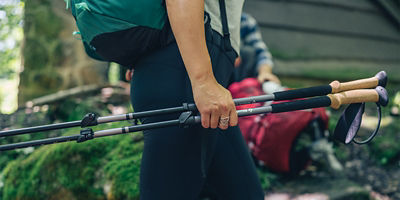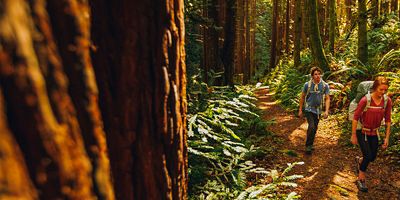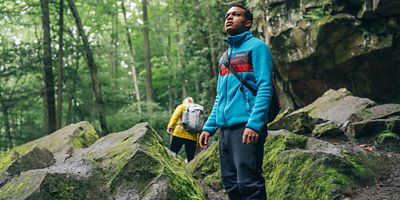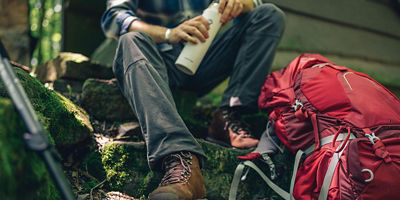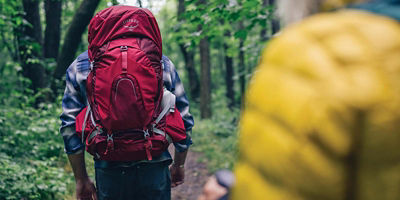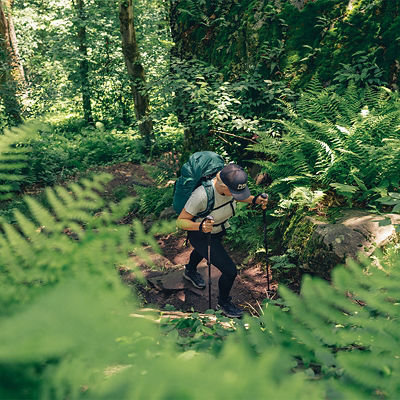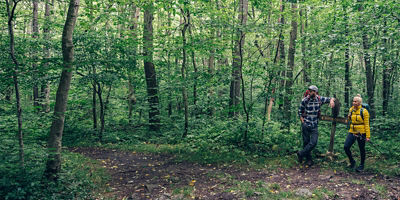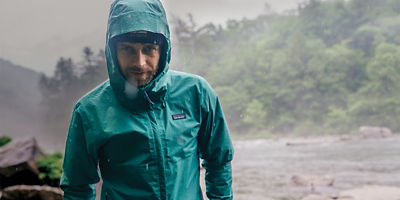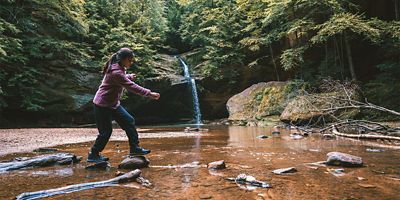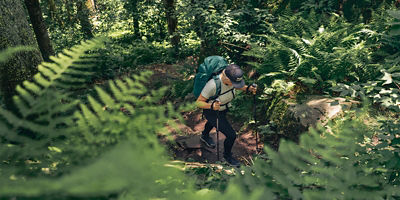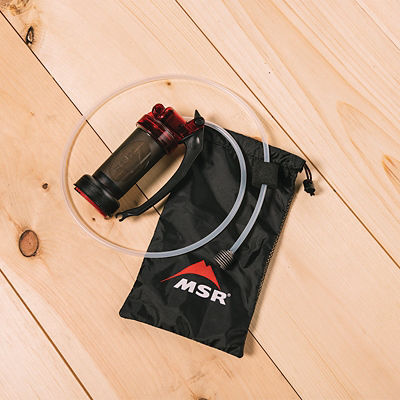
You’ve seen the news stories of ignorant travelers, usually in national parks, getting too close to wildlife. The consequences for trying to get a good pic of say, a grizzly bear, could include charges getting pressed against you, or worse: getting attacked. Then there’s the video that went viral of the guy who approached a mountain lion to capture footage of his encounter—and then got chased by that mountain lion. Don’t be any of those people.
From bears and mountain lions to lesser deadly animals, like squirrels and chipmunks, there’s a way to safely, and kindly, interact with wildlife you might encounter on the trail. Take the advice of Public Lands contributor Lisa Jhung, who gathered insight from wildlife experts across the country for her book Trailhead: The Dirt on All Things Trail Running, which has an illustrated guide of Do’s and Don’ts (adapted below) that outlines how to react to predatory animals and non-predatory animals alike. Stick to these tips and stay safe on your next outdoor adventure.
Rules of Thumb
Any park ranger will tell you to leave wildlife alone. That means:
- Don’t feed wildlife—human food endangers all animals.
- Keep your dog on leash or on very strict voice control.
- Give all wildlife space—don’t approach for any reason.
Don’t think that sharing your trail mix with a chipmunk is doing them any favors. Feeding wildlife creates unsafe behaviors in them: They start trusting humans too much, frequenting populated areas, and drawing larger predatory animals to those areas. Keep your trail snacks to yourself.
Dogs off-leash that chase after say, coyotes or moose, can cause danger to your pet, the wildlife, and to you. Keeping your dog close to you on the trail is the safe and responsible thing to do.
And as far as distance goes, guidelines in places like Yellowstone, Grand Teton, and Glacier national parks are to stay 100 yards away from bears or wolves, and 25 yards away from other wildlife. Reason being: Bears and wolves are predators, and can mess you up. Other wildlife, like elk and moose, are large animals and can be dangerous. In fact, moose have injured more people than have bears.
Aside from the importance of safety for both human and wildlife, animals encountered on the trail should simply be given respect, and therefore, space. Wildlife encounters in the great outdoors can be magical. Maintaining distance can help keep them that way. Still, being informed on how to react during certain encounters with wildlife can make the difference between a safe interaction and a not-so-safe one.
Reacting to Predators
Predators are just that—predatory. That doesn’t mean they’re out to eat you or harm you in any way. But, since they survive by preying on other animals, they’re instinctual behavior is to attack if they’re provoked or threatened in any way.
With the majority of predators, your best bet is to stand your ground and not run. Stand tall, raise your arms and become big, talk or sing loudly so you sound like a human and not a small, tasty animal. And back away slowly.


